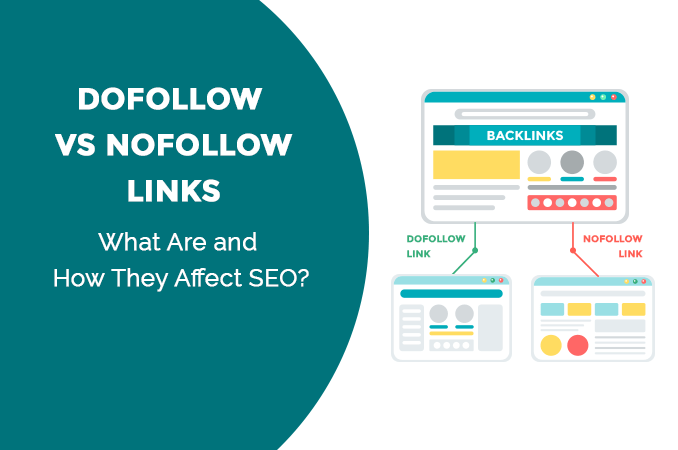A marketing management strategy aims to generate results that meet business objectives. Content marketing is a strategy that helps achieve these results. However, it’s not just about creating good content, it’s also about adopting some practices like understanding nofollow vs. do-follow links and know how to use them to your advantage.
What Are The Differences Between nofollow Vs. dofollow Links?
To understand the differences between nofollow vs. dofollow, we must first clarify how link building works within SEO.
By this, we mean what happens every time a website or blog receives a new link that can increase its ranking in Google.
In the same way that each new content on your blog increases your chances of being found by your audience, we can say that each new link increases your chances of having more visitors and better positioning in search engines.
After all, when Google’s algorithm identifies so many internal and external links pointing to your site, it automatically understands that if so many people are linking to this blog, then it must be a pretty good one.
Therefore, it should be in a better ranking position in the search results.
What Is dofollow Link
Dofollow links are those that allow Google and other search engines to point to your website or blog.
So every time you insert a do-follow link on your site, it can point back to you, which strengthens your authority by showing search engines which sites, blogs, and posts are linked to you.
For example, if Rock Content uses a link from company X dofollow on its blog, the page or blog post used in the link will be considered in the ranking.
Some users call it Link Juice and it is due to Google’s PageRank metric.
Therefore, when inserting external links on your blog, make sure they are from sites with good authority, as this will be very important for the authority of your blog to grow.
What is nofollow link
On the other hand, there are those links that you can insert and not see them pointing to you. They are called nofollow links. They do not increase PageRank or help with a better SERP placement.
Sites that have nofollow links have an HTML tag similar to <a href=”https://www.nameofthesite.com/” rel=”nofollow”> Link Text </a>.
This tag serves as an alert to search engines, so that they do not consider it for the ranking of those who linked to it on your site.
Tools like SEMRush can display nofollow vs. dofollow links so that you can consider them when inserting them into part of your content.
Why Does Anyone Leave Their Own Website Or Blog As Nofollow?
Now that you understand the differences between nofollow and dofollow links, you may be wondering why some companies and professionals choose to have websites or blogs with nofollow links, which are beneficial to linkers and linked parties.
Well, here’s what happens: just as good links pointing to your domain make you better, bad links can lower your authority with Google.
After all, just as the algorithm concludes something like “if a lot of good sites point to this guy, he must also be good”, it can also conclude “if so many bad sites point to this guy, he must also be bad, and his SERP positioning needs to decrease”.
Therefore, good sites certainly have nofollow links.
